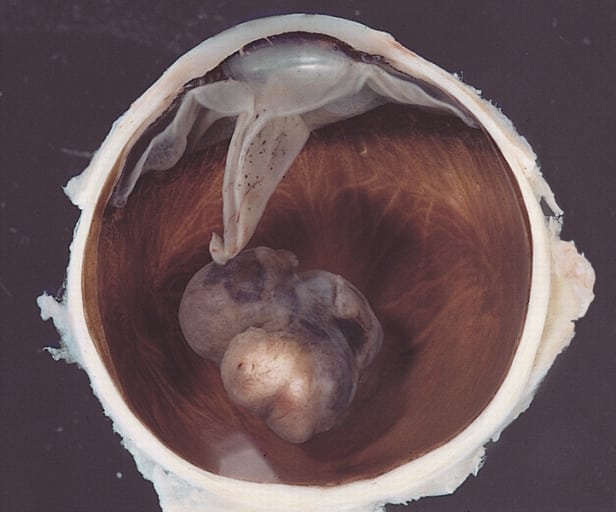Overview
- There are different types of treatments for patients with intraocular melanoma.
- Five types of standard treatment are used:
- Surgery
- Watchful Waiting
- Radiation therapy
- Photocoagulation
- Thermotherapy
- New types of treatment are being tested in clinical trials.
- Patients may want to think about taking part in a clinical trial.
- Patients can enter clinical trials before, during, or after starting their cancer treatment.
- Follow-up tests may be needed.



